Dengue fever epidemic is complicated in many localities
According to information from the Dak Lak Center for Disease Control, the province has just recorded a death due to dengue fever in Buon Ho town. This is the second death due to this disease since the beginning of the year.
The deceased patient was TTHH (female, born in 1975, in An Lac ward, Buon Ho town, Dak Lak province).
According to the patient’s family, on September 20, the patient developed symptoms of continuous high fever, headache, and fatigue. He took fever-reducing medicine but it did not help. Afterwards, the family took the patient to Hoa Binh General Hospital (Buon Ho town) for examination and treatment.
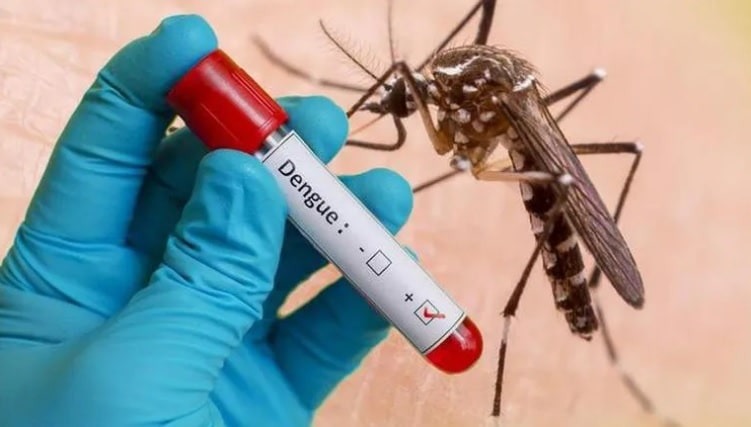 |
| Illustration photo. |
On September 22, the patient was transferred to Thien Hanh General Hospital (Buon Ma Thuot City); at the same time, he was transferred to the Department of Infectious Diseases, Tay Nguyen General Hospital for treatment.
At the Central Highlands General Hospital, the patient was diagnosed with dengue fever on the third day with warning signs, obesity, liver damage, high blood pressure, and gastritis.
On September 23, the patient was transferred to the Intensive Care - Anti-Poison Department, Tay Nguyen General Hospital with a diagnosis of Dengue shock on day 4, severe liver damage, and hypertension.
On September 24, the patient was transferred to the Ho Chi Minh City Hospital for Tropical Diseases for further treatment. On September 27, due to the seriousness of the patient's condition, the family asked for the patient to be discharged from the hospital with a diagnosis of severe dengue hemorrhagic fever shock. The patient died at home at 2:00 a.m. on September 28, 2024.
To prevent dengue fever, the provincial Center for Disease Control directed the Buon Ho Town Medical Center to deploy mosquito spraying to prevent and control the disease in the areas around the patient's home and workplace; at the same time, step up propaganda to raise people's awareness in implementing measures to prevent dengue fever.
Faced with the increasing dengue fever epidemic, especially the rapid increase in the number of cases from August to present, the Dak Lak Provincial People's Committee has issued an official dispatch assigning the Provincial Department of Health to preside over and coordinate with departments, branches, sectors, and localities to strengthen supervision and direction, provide technical guidance, and implement dengue fever prevention and control activities.
In particular, focus on assessing the risk of disease outbreaks in the area; actively spraying chemicals to kill mosquitoes in key areas and areas at high risk of disease outbreaks; support units in handling large-scale epidemics and thoroughly handling prolonged outbreaks in localities.
In Hanoi, the epidemic is also entering its peak phase when the number of cases increases every week. On September 23, according to statistics from the Hanoi Department of Health, last week (from September 13 to 19), the whole city recorded 285 cases of dengue fever, an increase of 57 cases compared to the previous week.
Some districts recorded many cases this week such as: Dan Phuong (46 cases); Thach That (29 cases); Ha Dong (22 cases); Cau Giay (20 cases); Chuong My (17 cases); Thanh Xuan (13 cases)... Thus, from the beginning of 2024 to now, the whole city has recorded 3,251 cases of dengue fever.
In the previous week (from September 6 to September 13), the whole city recorded 227 cases of dengue fever (an increase of 37 cases compared to the previous week). Assessing the current dengue fever epidemic situation in the city, Deputy Director of Hanoi CDC Khong Minh Tuan said that dengue fever occurs all year round but the number of cases often increases during the rainy season.
In particular, from September to November every year is considered the "hot" period of dengue fever due to humid weather and heavy rain, creating a favorable environment for Aedes mosquitoes to breed and develop.
Hanoi has now entered the peak phase of the dengue fever epidemic with complex and unpredictable weather conditions combined with heavy rain.
Monitoring results at some outbreaks recorded insect indexes exceeding the risk threshold. Therefore, the number of dengue fever cases is forecast to continue to increase in the coming time.
Although dengue fever is a very old disease, the concern is that each epidemic has its own difficulties. One of the difficulties is that when infected, people often go straight to clinics or private hospitals, not to public hospitals or health stations.
Many people think that mosquitoes that transmit dengue fever only live in stagnant public ponds, sewers, etc. However, Aedes mosquitoes live in places with clear water that has been left for a long time, such as aquariums, flower vases, rockeries, rainwater stagnant in broken bowls in home gardens, alleys, terraces, construction sites, etc. Therefore, it is necessary to remove stagnant water containers that are places for Aedes mosquitoes to breed and develop.
It is necessary to clean the house, turn over all mosquito hiding places to kill larvae, then spray insecticide to kill adult mosquitoes.
To kill mosquitoes more effectively, spray in the morning, because dengue mosquitoes are most active during the day, most active in the early morning hours and before sunset. It should be noted that insecticide sprays are effective for 6 months from the time of spraying.
Many people believe that once they have had dengue fever, they will not get it again. This is not necessarily true. Dengue fever is caused by four strains of the Dengue virus: DEN-1, DEN-2, DEN-3, and DEN-4. All four strains of the virus can cause the disease.
Therefore, if a person has had dengue fever, during the illness the body can create antibodies. However, the immunity created is only specific to each individual strain. The patient may not be reinfected with the old strain of the virus, but can still be infected with the new strain, so dengue fever can recur.
Regarding treatment, many people think that when having dengue fever, you should only drink electrolytes, not coconut water because it does not have a rehydration effect and it is difficult to detect complications.
This is completely wrong, in dengue fever, high fever for many consecutive days will cause the patient to become dehydrated and lose fluids. The simplest way to compensate for fluid loss is to give the patient Oresol.
However, many patients have difficulty drinking Oresol. This can be replaced by drinking coconut water, orange juice, grapefruit juice, lemon juice to compensate for the lost fluid. Moreover, the above fruits contain many minerals and vitamin C, helping to strengthen the immune system and increase the strength of blood vessels.
Source: https://baodautu.vn/dich-sot-xuat-huet-dien-bien-phuc-tap-tai-nhieu-dia-phuong-d226115.html




![[Photo] Prime Minister Pham Minh Chinh chairs a meeting on the implementation of the Lao Cai-Hanoi-Hai Phong railway project.](https://vphoto.vietnam.vn/thumb/1200x675/vietnam/resource/IMAGE/2025/5/20/0fa4c9864f63456ebc0eb504c09c7e26)



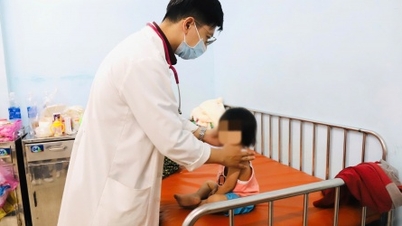
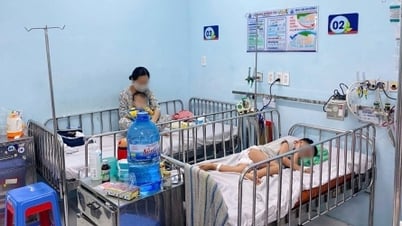
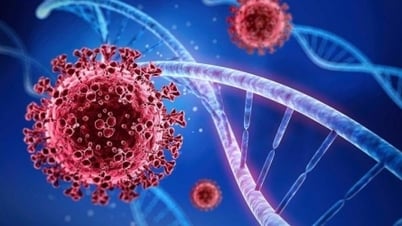
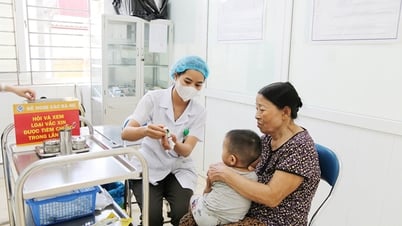



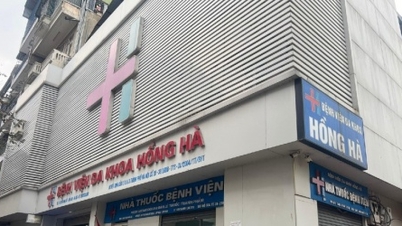

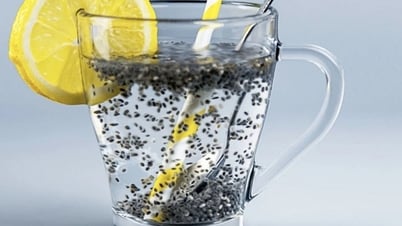



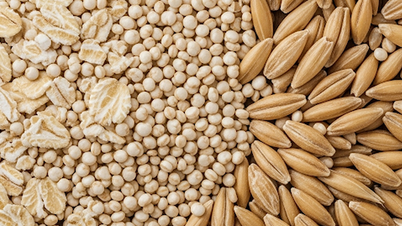





































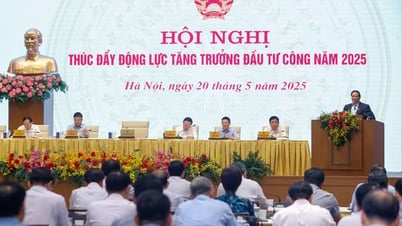






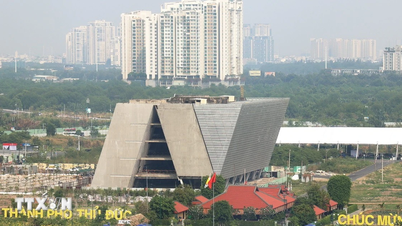

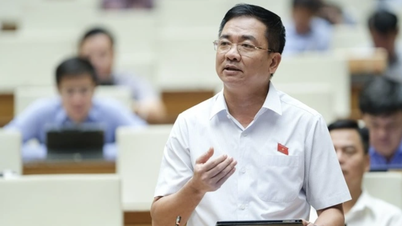
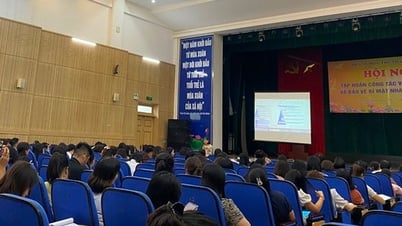


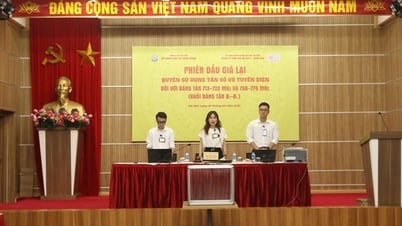


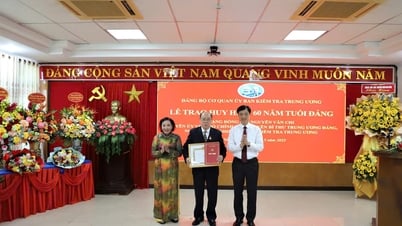


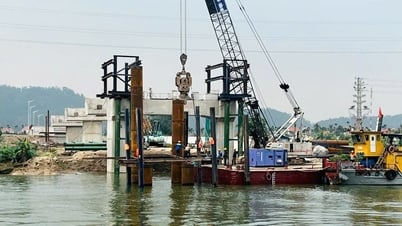





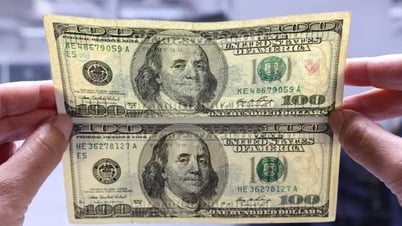


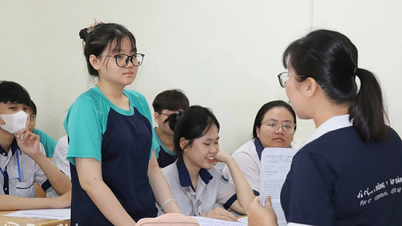












Comment (0)